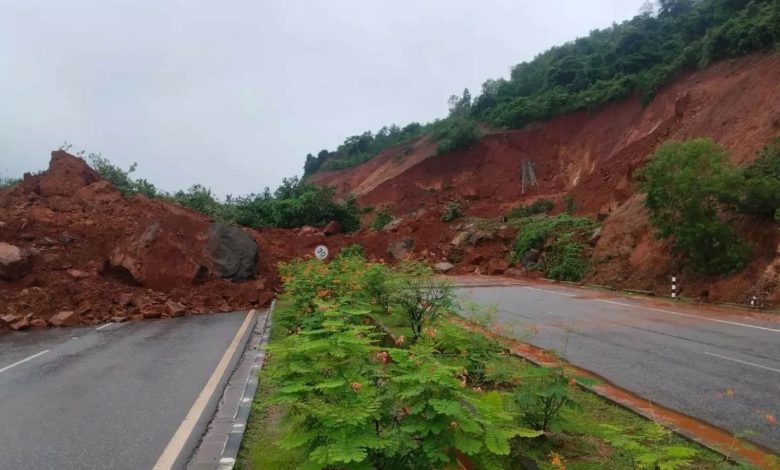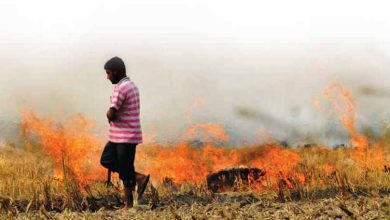
GS Srinivas Reddy: Uttara Kannada district in Karnataka is in turmoil after a massive landslide on National Highway 66 near Shirur village in Ankola taluk on July 18 reportedly claimed 10 lives. Finance Minister Krishna Byre Gowda said the debris was dumped in tankers, one empty and the other full, into the Gangavalli river, which flows along the highway. The victim families will get a compensation of Rs 5 lakh if the bodies are recovered. Landslides have become common in coastal and hilly areas in recent years. Dr GS Srinivas Reddy calls it a result of human intervention. Dr GS Srinivas Reddy said landslides have increased in areas such as Kodagu, Udupi, Dakshina Kannada, Uttara Kannada and Chikkamagaluru due to soil erosion. GS Srinivas Reddy: 70% landslides due to human intervention Only 30 per cent of landslides occur naturally, while the remaining 70 per cent of landslides are caused by human intervention. “Some mistakes made in developing the idea lead to soil erosion during the rainy season,” Srinivas Reddy said.
The average rainfall across Karnataka is 1,550 mm, but the Western Ghats receive rainfall between 2,500 to 4,000 mm. There are also vulnerable areas with 6,000 to 8,000 mm rainfall. Therefore, landslides can occur in areas with such heavy rainfall. Another reason is that when the river flow increases there can be erosion which can lead to landslides. Therefore, only 20 to 30 per cent of landslides are caused by natural causes, said GS Srinivas Reddy. GS Srinivas Reddy listed some human interventions that are causing landslides. This includes slope cutting and inadequate drainage systems. If the sloping area is shifted for construction of houses and other buildings, the slope will collapse without supporting the weight of the top layer of soil, resulting in landslides. Whereas if proper drainage system is not available during construction of a road or building next to a hill, the water enters the ground and infiltrates the soil, acting like grease and causing landslides.





